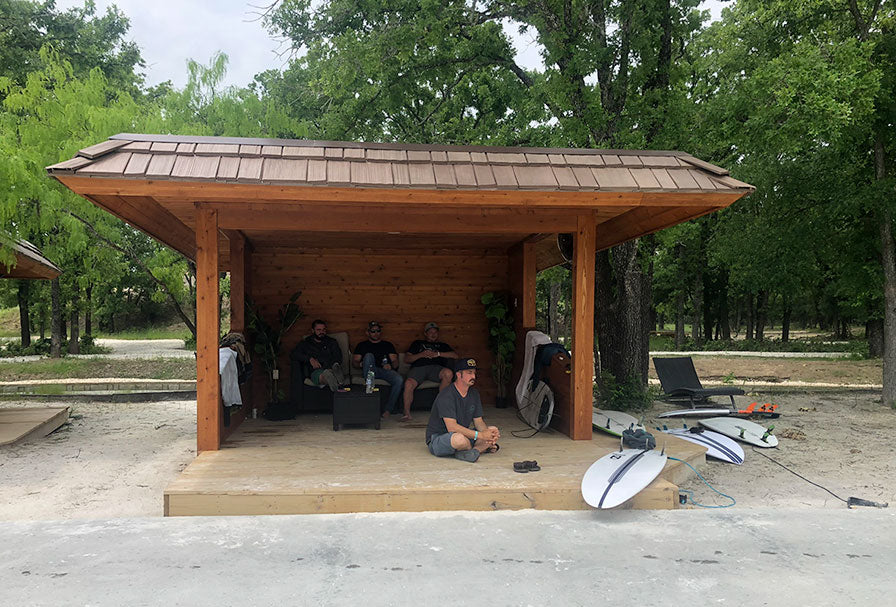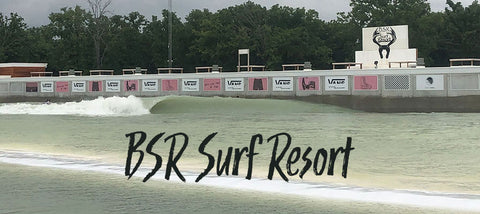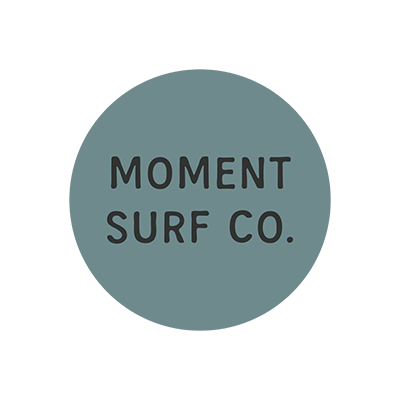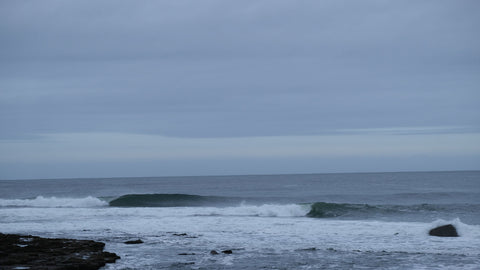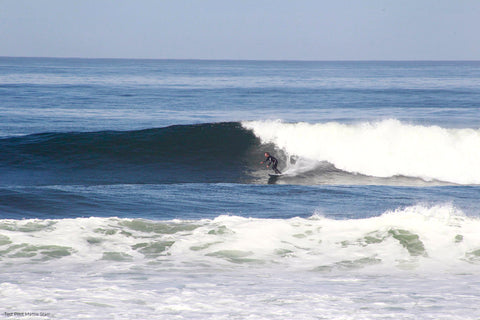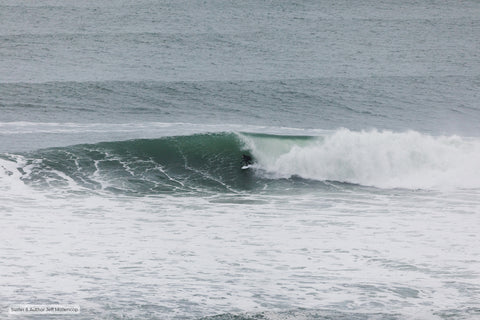Several times over the past 30 years I have had my mind blown by a new wave discovery in the surf industry. In 1992 we were introduced to Maverick’s outside of Half Moon Bay in California. Then in 2000 it was Laird Hamilton’s millennium wave at Teahupoo that brought the surf world to its knees. Shortly after that, words and images started to appear about Shane Dorian and a bunch of local boys paddling into massive Jaws on Maui. Which prior to this, everyone thought was impossible. Then in 2007, the google earth discovery of Skeleton Bay in Namibia redefined what barrel riding could be. All of these were monumental, but pale in comparison to late 2015 when Kelly Slater introduced his wave pool to the world. Why do I say this? Because us average surfers will never be able to surf these other waves, for various and obvious reasons. But we all will be able to surf in a wave pool, maybe even sooner than we think.
Kelly and the WSL’s perfect wave making machine is the pinnacle of wave pool technology. It’s the premier wave bare none. But, economically speaking, it’s not financially feasible for the average person to spend an afternoon enjoying. Not yet at least. What is currently affordable, and a heck of a lot of fun, is the BSR Surf Resort outside of Waco, Texas. Yes, the place once famous for the cult “Branch Davidians”, and now known as the home of Chip and Joanna Gains from “Fixer Upper” fame. Move over America’s couple, there is something bringing even more joy to people’s faces: PerfectSwell by American Wave Machines.

My first impression when we rolled up to the Barefoot Ski Ranch was where the hell are we?! Drive 10 minutes outside of Waco, which isn’t that impressive itself, down a few dirt roads, past the trailer park and 70’s style ranch homes, into the seemingly middle of nowhere. The only sign you are still on the right course is the GPS hasn’t indicated it needs to reroute. Then out of the blue, a small monument sign reading BSR with its clever logo of a pair of feet and antlers (looking like a deer skull/rack of horns) welcomes you to the Disneyland of action sports.

For all its lack of a grand entrance, everything changes when you see the wave pool and “beach” set-up. Perfectly laid out with small surf cabanas lining the water’s edge, lifeguard towers, beach chairs, music playing, you get the feeling you are in Biarritz, or San Sebastian, or a little Waikiki. But, then you see the wave fire! Our first glimpse of it came with Parker Coffin blasting a 5 foot air and stomping it. The next wave was 12 year old Jackson Dorian pulling into a dreamy little barrel, coming out clean and smashing a finishing turn that would make any WSL judge drool. Mind blown!!
Even better than the care they took to lay this place out, is the organization in which you surf. During the expert session, 9 people maximum are in the pool, there are 3 wave sets every minute or so, everybody gets a wave, there is no paddle battles, snaking, or jockeying for position. You are guaranteed 10 waves in an hour, but it’s more like 12. It’s like the perfect surf trip, you don’t have to worry about another boat pulling in and 10 more surfers jumping off and clogging the line-up. No need to be concerned about tides, lack of swell, or bad winds, (it is exposed slightly to the wind, but never was an issue). Hassle free surfing at its best.
So what are some negatives? At roughly $100 per hour, which isn’t a lot of money compared to Kelly’s wave, the problem is you just can’t stop at one session. We found ourselves after each hour racing back up to the registration desk looking for more available time slots. Speaking of slots, it felt like Vegas, running back to the ATM to get more money to keep your fun going. In 3 days, we surfed 11 sessions, roughly 130 waves. Worth every penny!

Other negatives, the take-off is a little tricky and took some time to get used to. Every time I missed one, I thought damn, there goes $10 bucks. But after a few sessions, you pick it up though. There are two expert wave settings for the general public. The normal one is a fast, chest high, hollow wave that exposes every fault in your abilities. If you are slow getting to your feet, the wave is gone. You miss time a turn, it’s over. It’s very humbling when you can’t even make a proper turn, then Bethany Hamilton absolutely destroys the wave behind you.
The second expert setting they call Trestles/Lowers. Like its namesake, it is an absolute blast to surf. Not hollow, but fast and fun walls that us “average” surfers could manage. You could easily get 2 or 3 turns off, and if you time it right, sneak in a 4th. The group I was with all enjoyed this setting more than the other.
My final thoughts: It was an absolute blast and everyone should try it at least once. Will it ever replace surfing in the ocean? Not for me. I would still rather surf bad waves at my home break any day. But, what it does that excites me the most, is the training opportunities it allows. We were fortunate enough to have Parker Coffin there offering up tips and coaching suggestions. He asked me what I wanted to improve on, gave me a suggestion, and I instantly was able to catch a wave and try it. I saw instant improvement, where in the ocean, it might have taken days to catch a wave good enough to work on it. Take this to the pro level, where people can try airs and other challenging maneuvers over and over in a controlled environment, surfing is about to go to a whole new level. We had a front row seat and watched it first-hand. When a 12 year old Jackson Dorian is landing airs, Parker Coffin is doing flips, and Bethany Hamilton is stomping air-reverses, the ceiling for what is possible in surfing just got blown off…
For us normal surfers however, it’s a chance to catch more quality waves in an hour then we will in a month back home.

